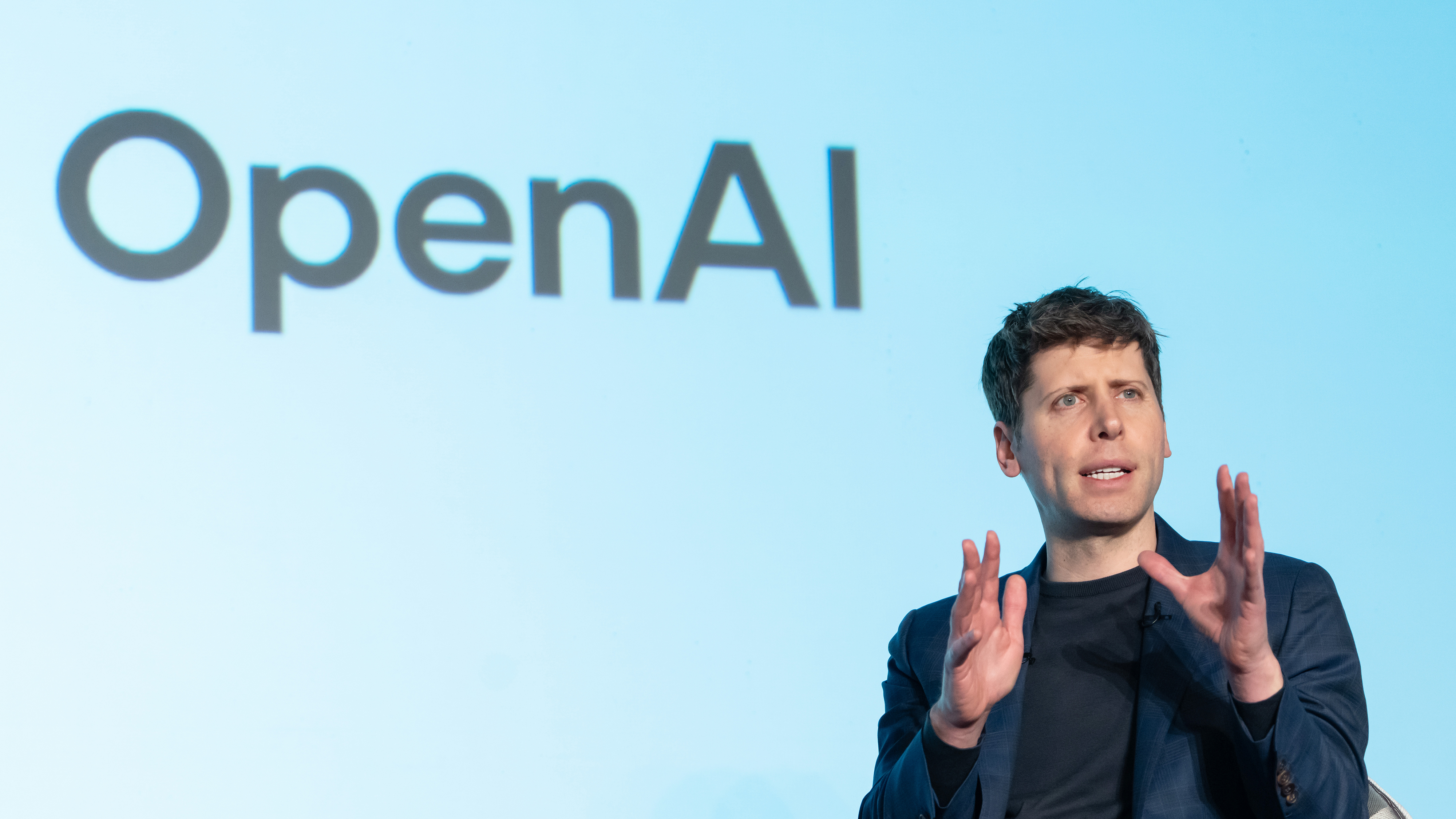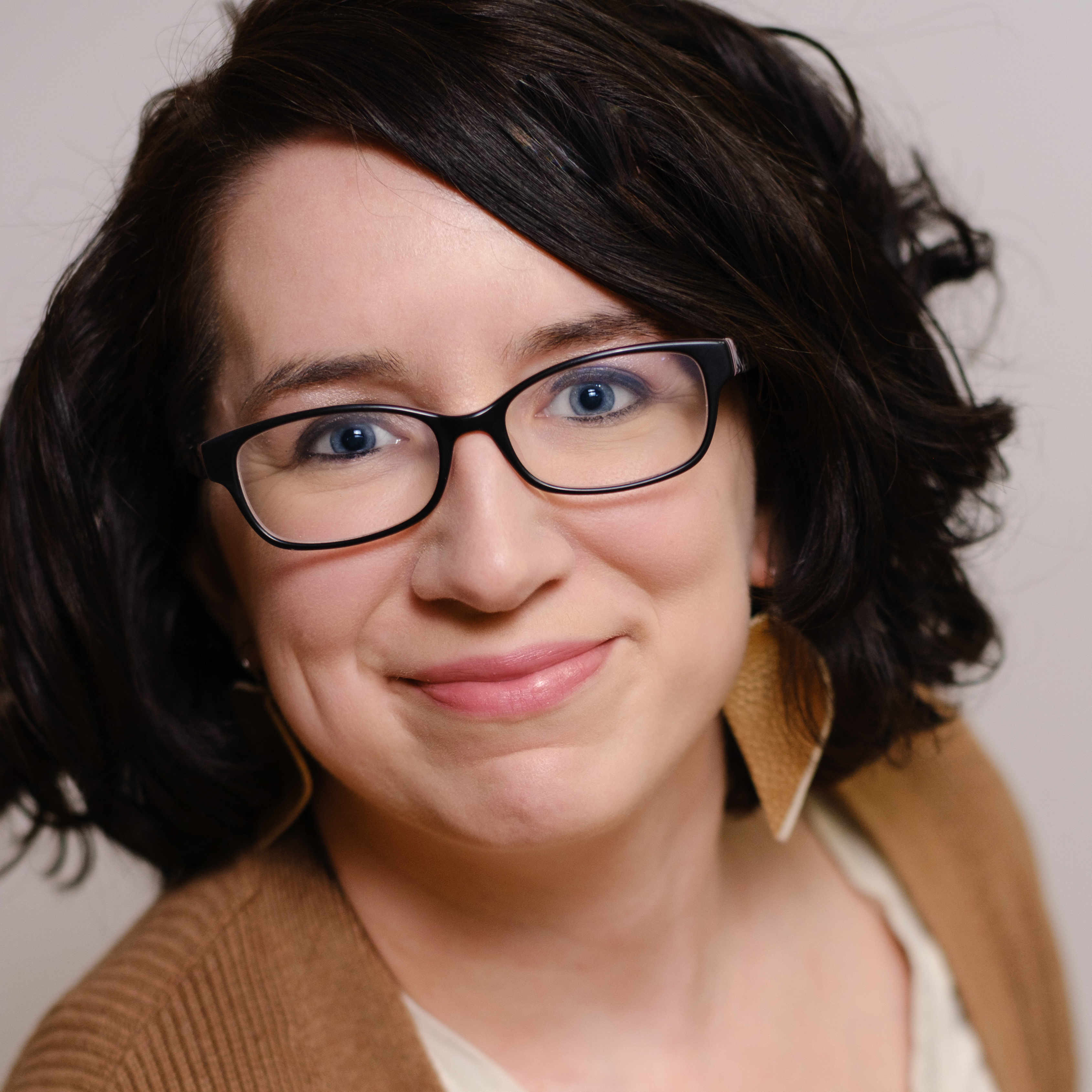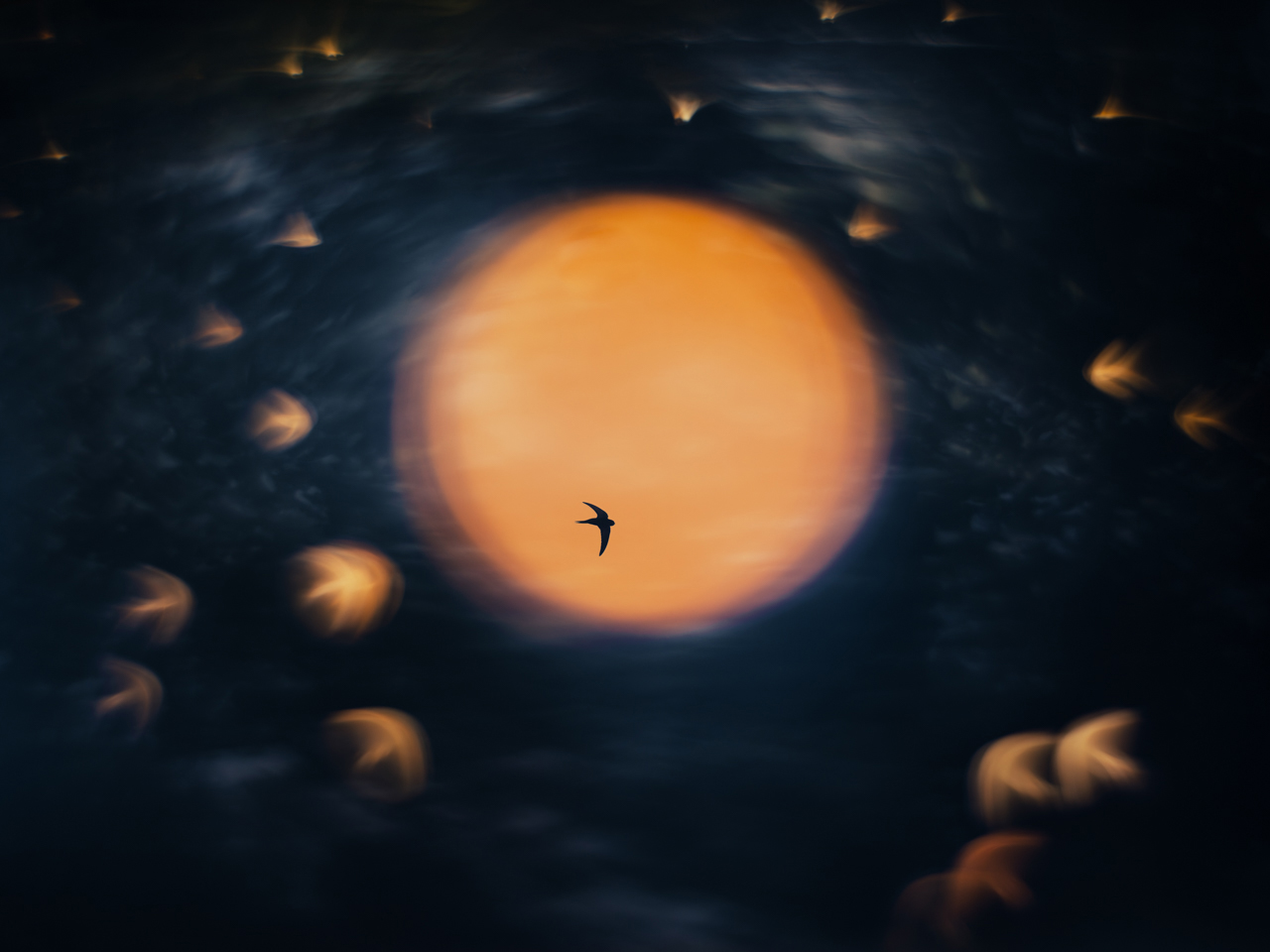The head of ChatGPT says photographs are a little real, but a little not. I think he’s a little right, but a little not!
“You know, even like a photo you take out of your iPhone today, it's like mostly real, but it's a little not,” says Sam Altman

Concern for the ability to tell what’s real and what’s not has risen along with the expansion of generative AI. But OpenAI CEO Sam Altman believes that the reality of an image is more of a sliding scale – and that generative AI will push the threshold for “how real does it have to be to be considered real.”
In an interview, video journalist and YouTuber Cleo Abram asked the OpenAI CEO how teenagers in five years will find out what’s real and what’s not, referencing a recent AI-generated video of bunnies on a trampoline that went viral – in part because it duped many viewers. Altman’s response pointed towards a sliding scale of reality, with generative AI as part of the gradual extension that digital cameras, editing, and processing algorithms have already played in determining how closely an image matches reality.
“You know, even like a photo you take out of your iPhone today, it's like mostly real, but it's a little not,” Altman said. “There's like some AI thing running there in a way you don't understand and making it look like a little bit better, and sometimes you see these weird things…But there's like a lot of processing power between the photons captured by that camera sensor and the image you eventually see.”
But even before AI did strange things to smartphone photos like replace the moon, Altman believes the shift started further back with film. “We've accepted some gradual move from when it was like photons hitting the film in a camera,” he said. “And, you know, if you go look at some video on TikTok, there's probably all sorts of video editing tools being used to make it better than reality looks.”
AI didn’t initiate the first fake images, but the tech mogul believes the technology will change where that line is between what most people believe is “real enough” and what is fake. “I think that the sort of like threshold for how real does it have to be to consider to be real will just keep moving,” he said.
The role of editing in a photograph that is “real enough”
The measure of whether or not a photograph is real has long been a gradual spectrum of grays rather than a clear-cut black line. Is a portrait with acne Photoshopped out real? What about a portrait with extreme alterations to a person’s body shape?
Editing a trash can out of the background of someone’s wedding photographs doesn’t make the moment less real, but it makes the photograph better match the memories, which likely didn’t include trivialities like where the garbage cans were placed.
The best camera deals, reviews, product advice, and unmissable photography news, direct to your inbox!
I agree that the definition of what makes a photograph real or not is a sliding scale mixed with both different technologies and differing opinions on how many alterations are too many. But what generative AI is capable of doing, as in the example of the fake bunnies on a trampoline, is creating a visual depiction of a moment that never happened – and making it look real.
The fake viral video, without a close look at glitches like a bunny that disappears into thin air, has the grainy, black and white, and even harsh infrared lighting of what many security cameras deliver. It’s an endearing moment that likely went viral in part because viewers wanted it to be real, wanted to believe the animals were capable of such charming antics. But rabbits tend to prefer hiding under a trampoline to jumping on them, according to one expert, not to mention that they don’t have the body weight for a standard trampoline to add much height to the bounce.
Taking a moment that happened in reality and taking artistic privileges in color editing and retouching is not the same thing as generating an image of a moment that never actually existed. I fear for the moment when the scale of what’s “real enough” is pushed to the point where an AI-generated image is “real” because it could have happened in reality.
A photograph is one person’s view of reality, An AI image is framed by a computer
While editing a photograph is an obvious example of turning a photograph into something that doesn’t quite represent reality, a photograph has always been one person’s perspective on reality well before the editing process. A photographer’s influence on the reality of the image begins even before the shutter release is pressed with composition. The photographer chooses what to include in the photograph and what to exclude.
On a film camera, the photographer chooses which film to load – which will ultimately determine features like color and grain – and chooses what to frame inside the viewfinder. Even real film photographs that have never once been loaded onto a computer are biased. But, that’s okay, because it’s a human bias. The camera is a tool that allows a person to show the rest of the world how they see the world – the bias is part of the storytelling power a camera has.
An unedited photograph then, isn’t necessarily reality, but one person’s perspective of reality. A photograph can represent reality, yes, but a photograph is inherently one human’s take on that reality. How “real” a photograph is is a sliding scale impacted first by the perspective of the photographer, with photojournalism on one end and conceptual fine art photography on the other. I don’t need Photoshop to eliminate a garbage can from the background of someone’s wedding photos – I could simply adjust the composition or cropping in the camera.
Social media, however, has undoubtedly shifted this bias. We take photographs to share on social media in the least messy corners of our homes, for example. Altman acknowledges this as well: “You watch like someone's beautiful photo of themselves on vacation on Instagram. Like, okay, maybe that photo was like literally taken, but you know, there's like tons of tourists in line for the same photo, and that's like left out of it. And I think we just accept that now.”
Altman makes a good point – except that in a real photograph, what is kept in the photograph and what is kept out of the photograph is a key piece to that image’s power. A camera allows the photographer to share their perspective without words, without language barriers. Put enough cameras in enough pockets, and suddenly we have a tiny piece of someone else’s perspective right at our fingertips.
Photographs are inherently biased, yes, but it is a human bias. Generative AI creates images based on a prompt and training data, spitting out what is, in effect, an average of all those human photographs fed into the training data. Generative AI shows the world from a computer’s point of view, with only a minor human element in the form of that written prompt.
The “little not real” part of photography has existed since the medium was invented. Digital cameras exaggerated that with processing and editing. Smartphone cameras take that even further by applying AI algorithms to edit an image as it is being taken automatically. But while the view framed within the photograph may not have shown every perspective, it shows one person’s perspective – and that is what has made a real photograph. Whose perspective, whose reality, is a generative AI image?
Yes, photographs have an inherent bias and a spectrum of what can be considered real and what may be considered not. But computer-generated depictions don’t deserve to be on the same scale.
You may also like
Brush up on your AI-detection skills with these ways to spot an AI image. Or, improve your photography composition with these tips.

With more than a decade of experience writing about cameras and technology, Hillary K. Grigonis leads the US coverage for Digital Camera World. Her work has appeared in Business Insider, Digital Trends, Pocket-lint, Rangefinder, The Phoblographer, and more. Her wedding and portrait photography favors a journalistic style. She’s a former Nikon shooter and a current Fujifilm user, but has tested a wide range of cameras and lenses across multiple brands. Hillary is also a licensed drone pilot.
You must confirm your public display name before commenting
Please logout and then login again, you will then be prompted to enter your display name.

